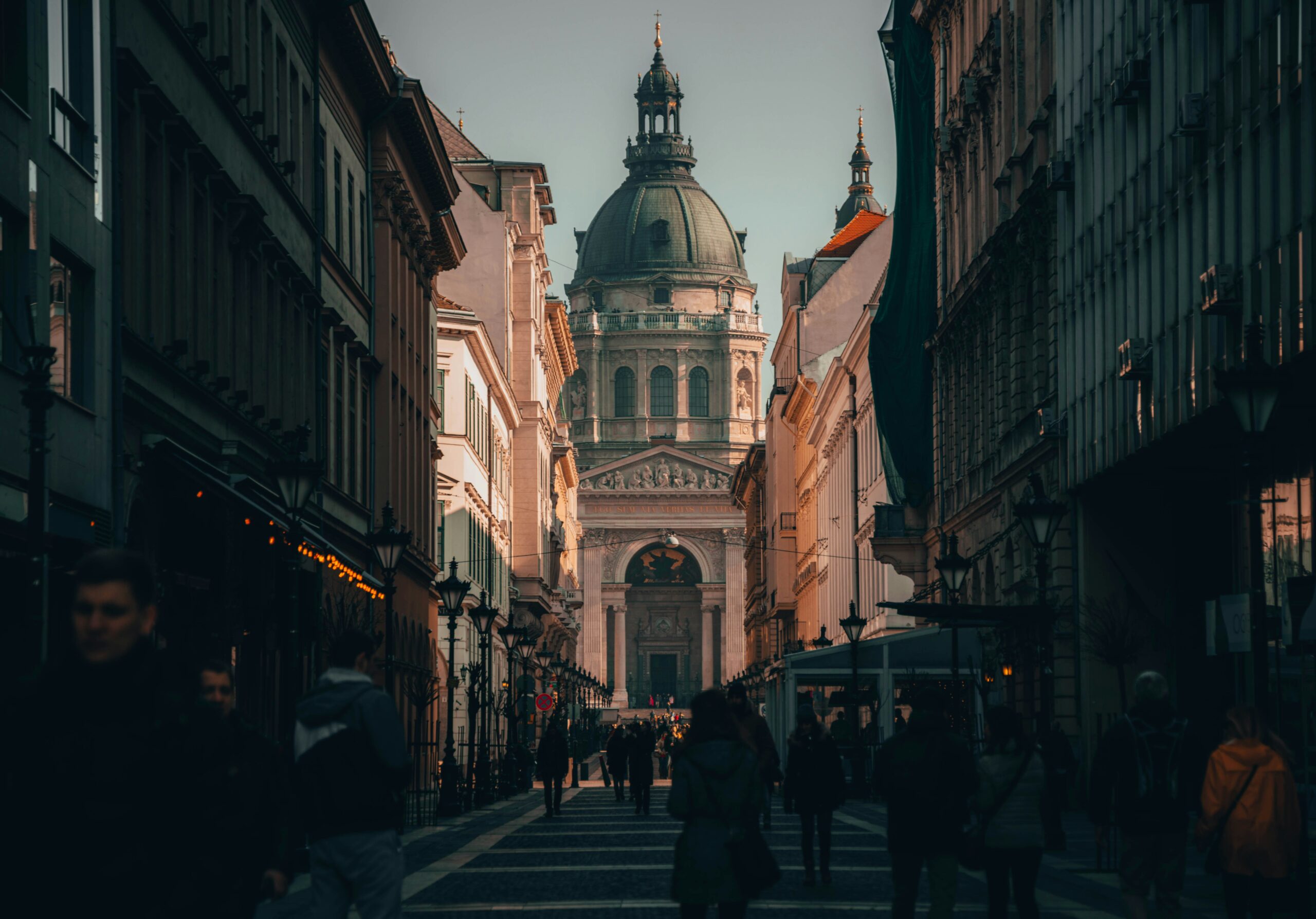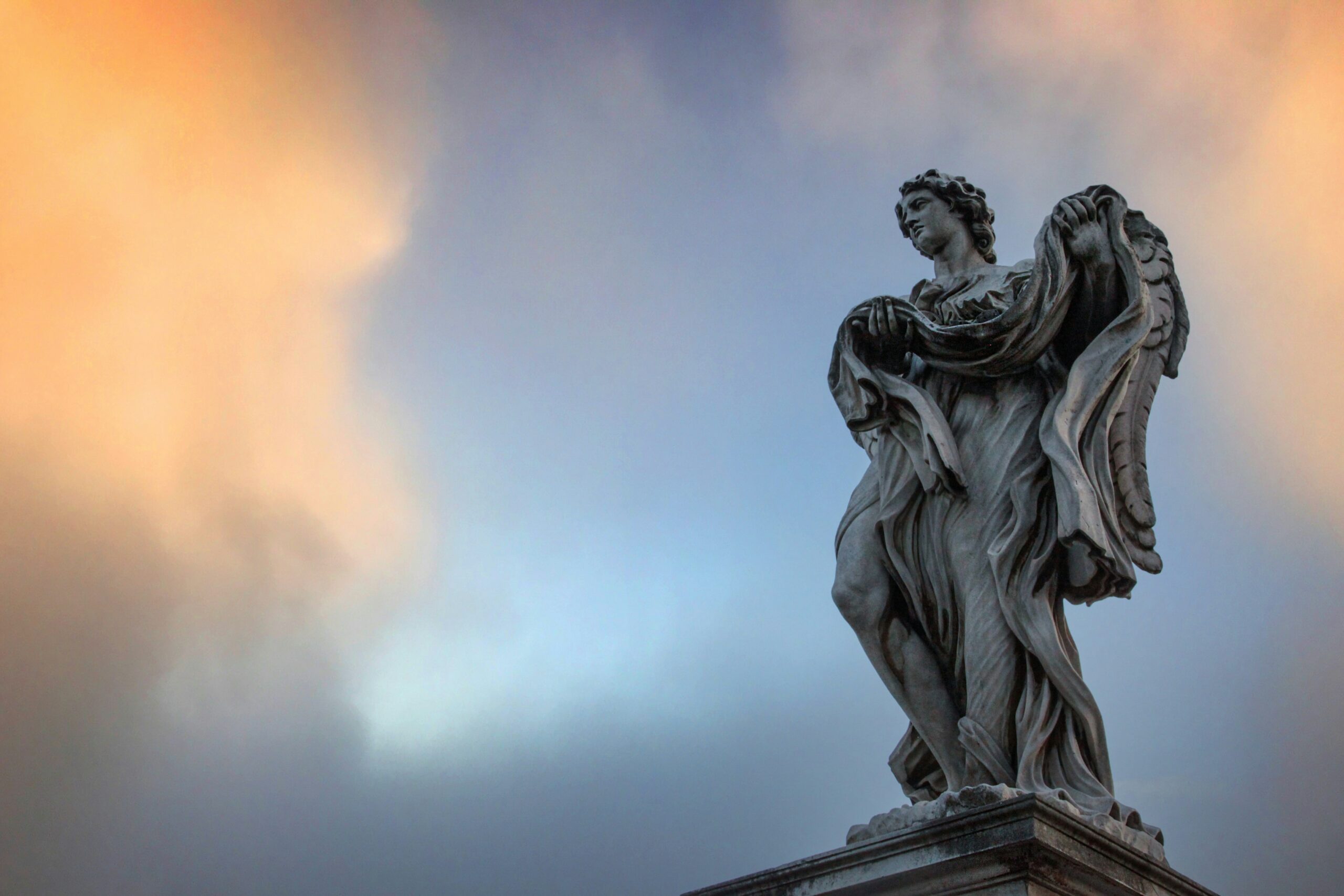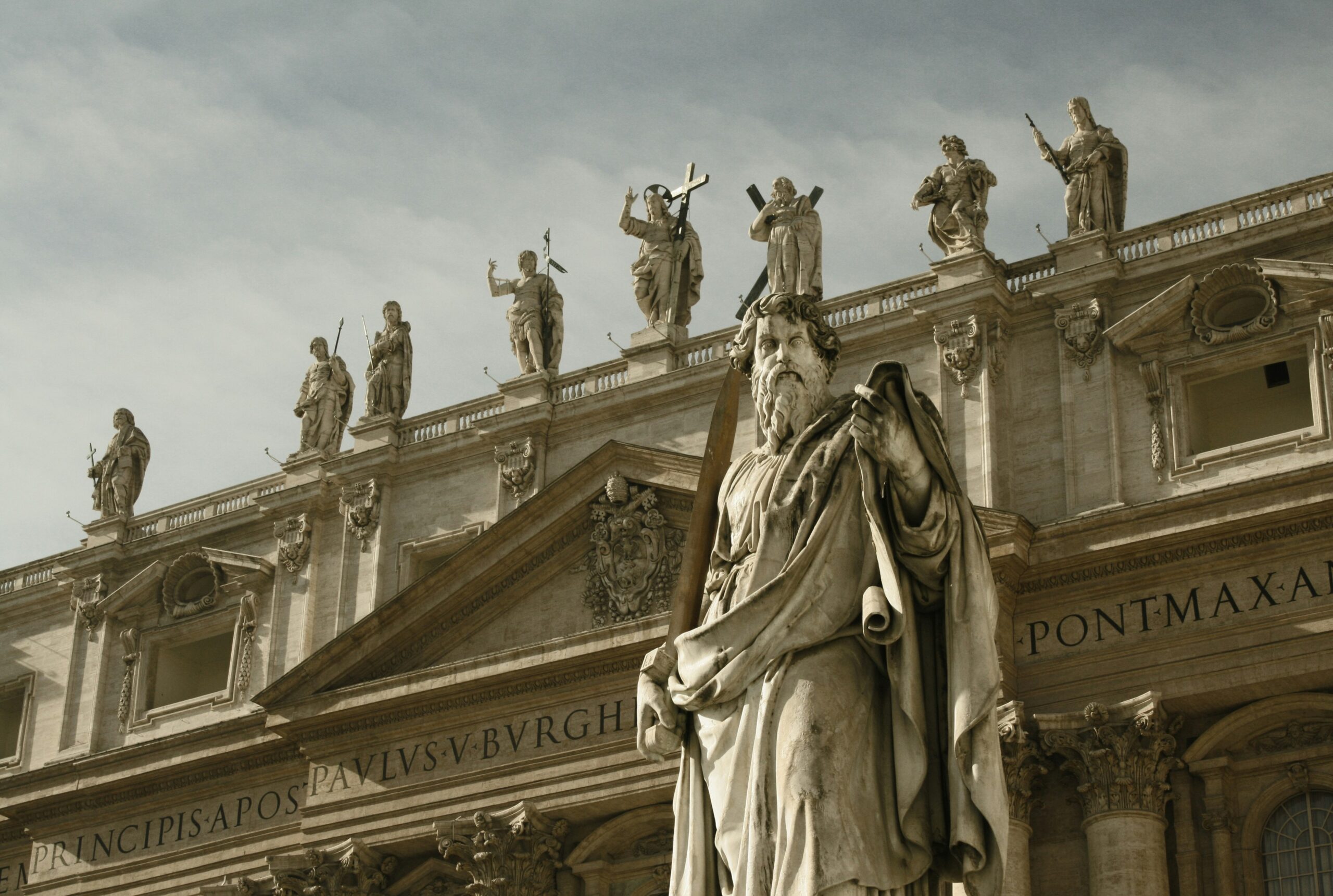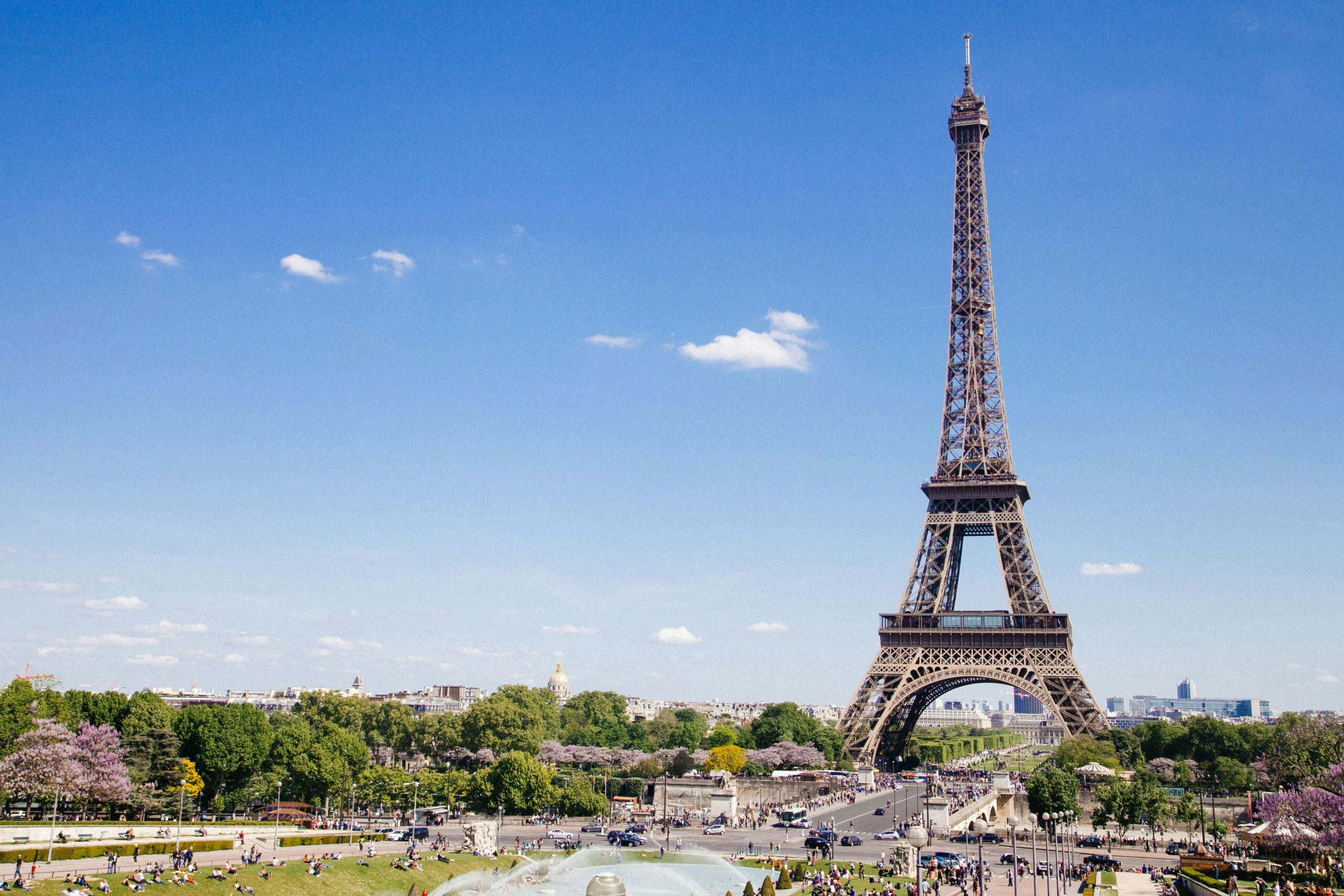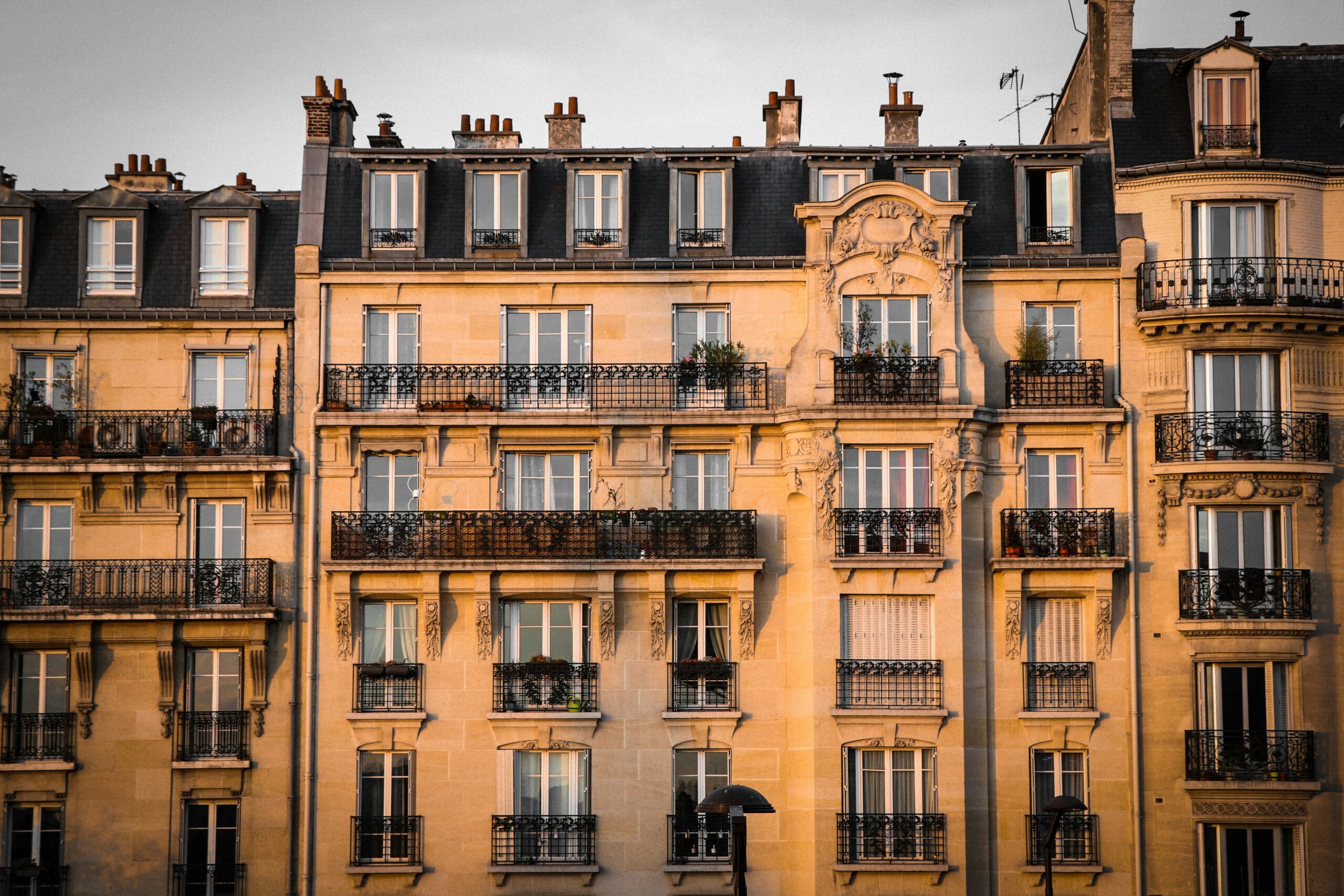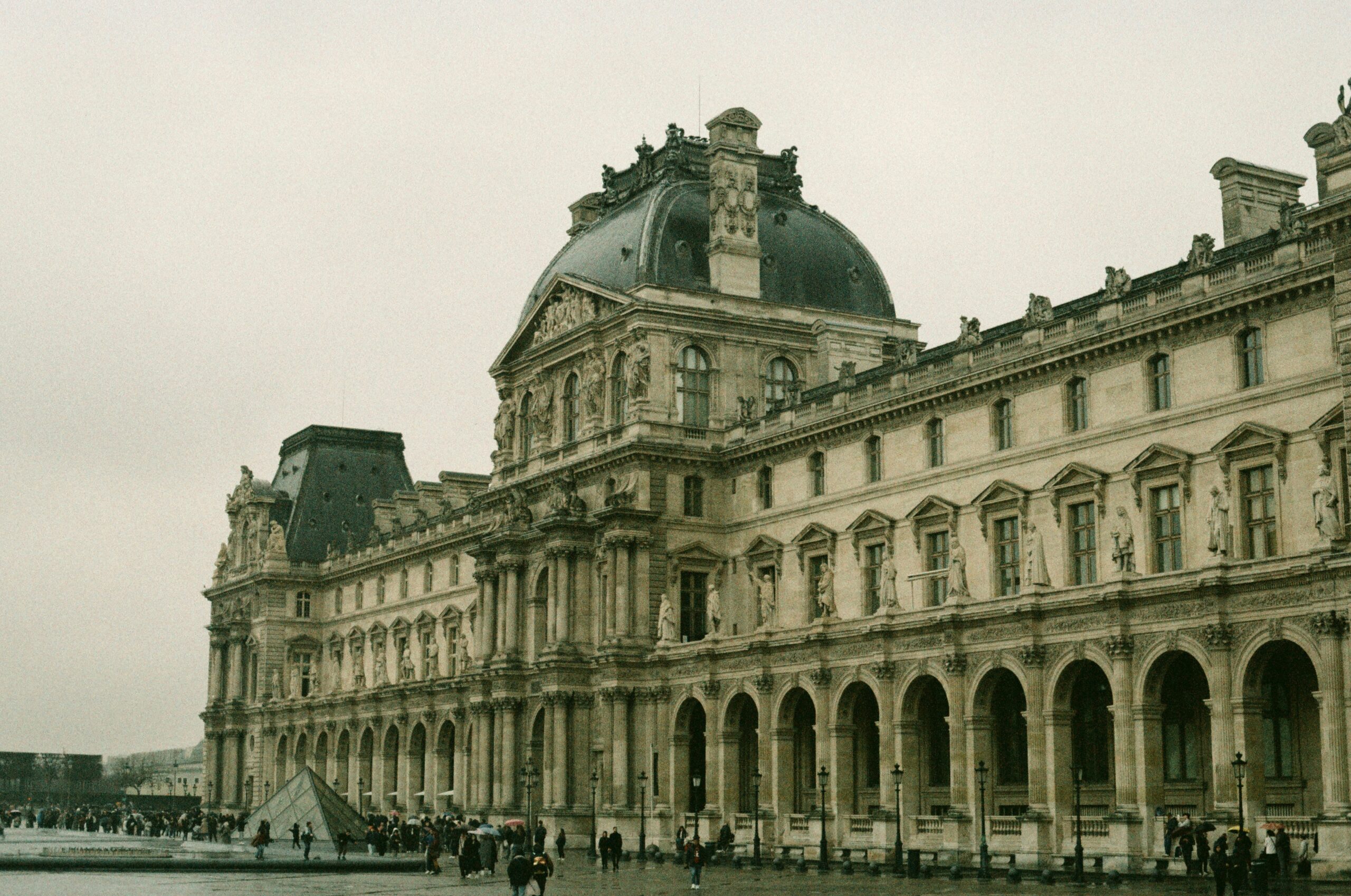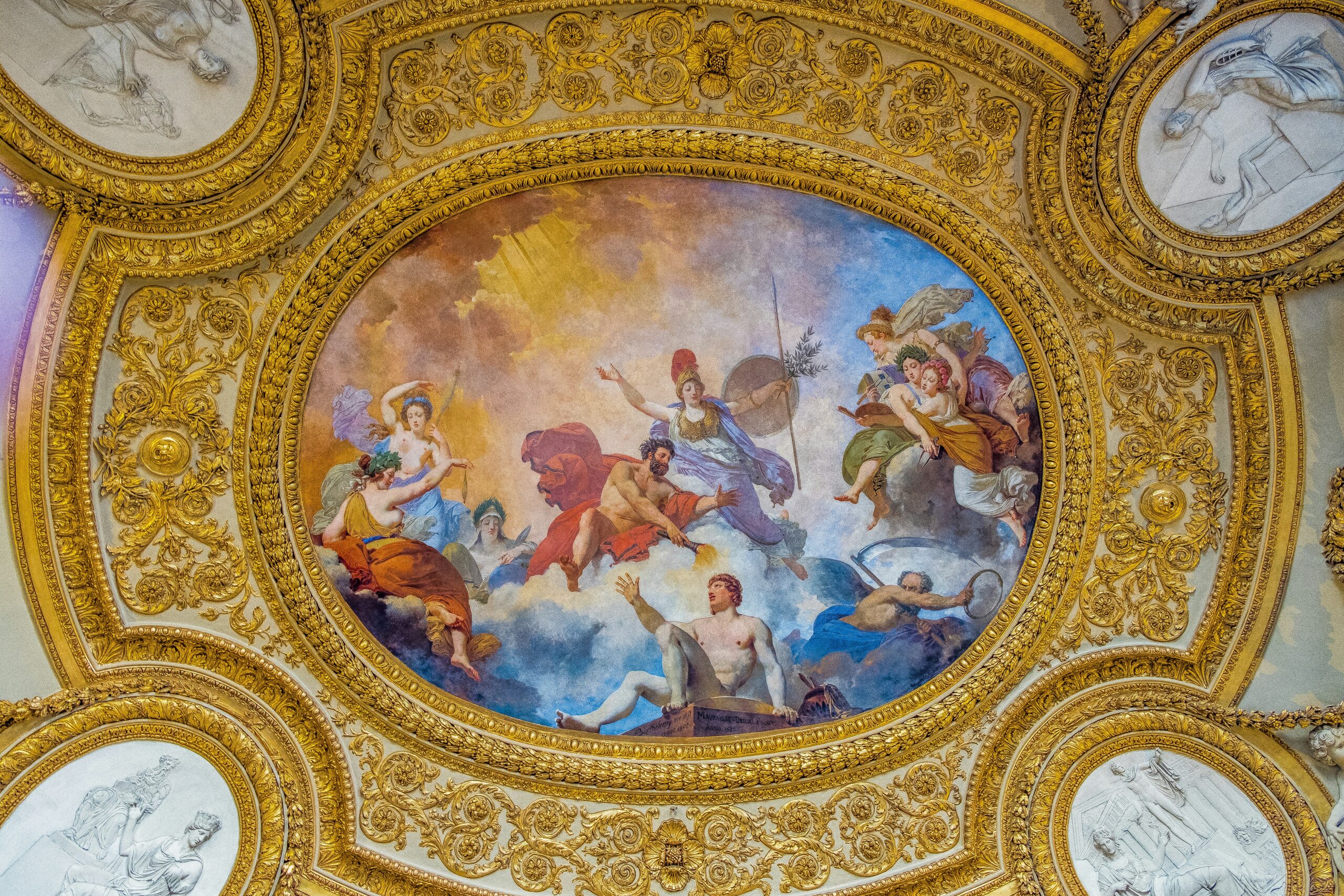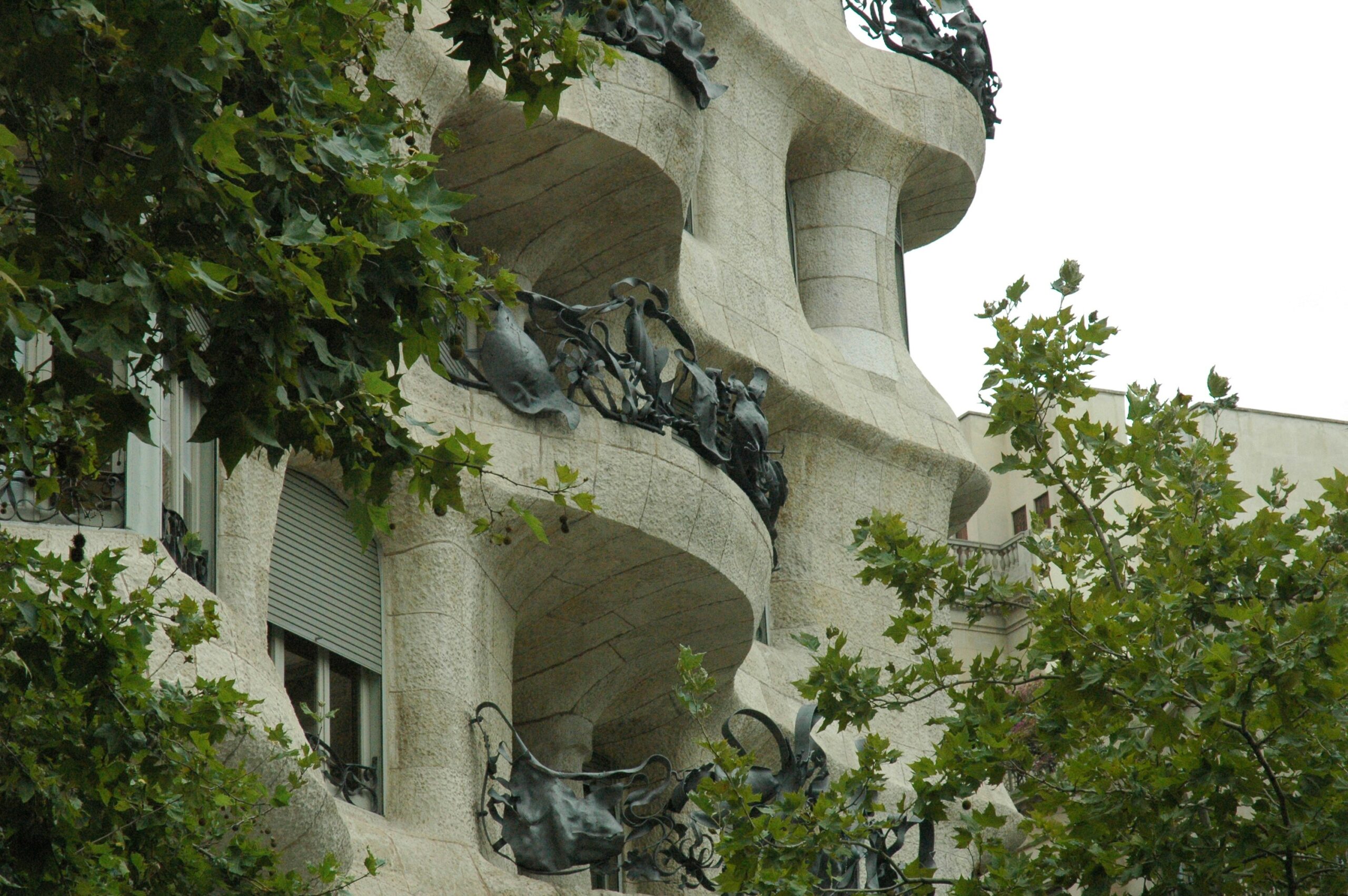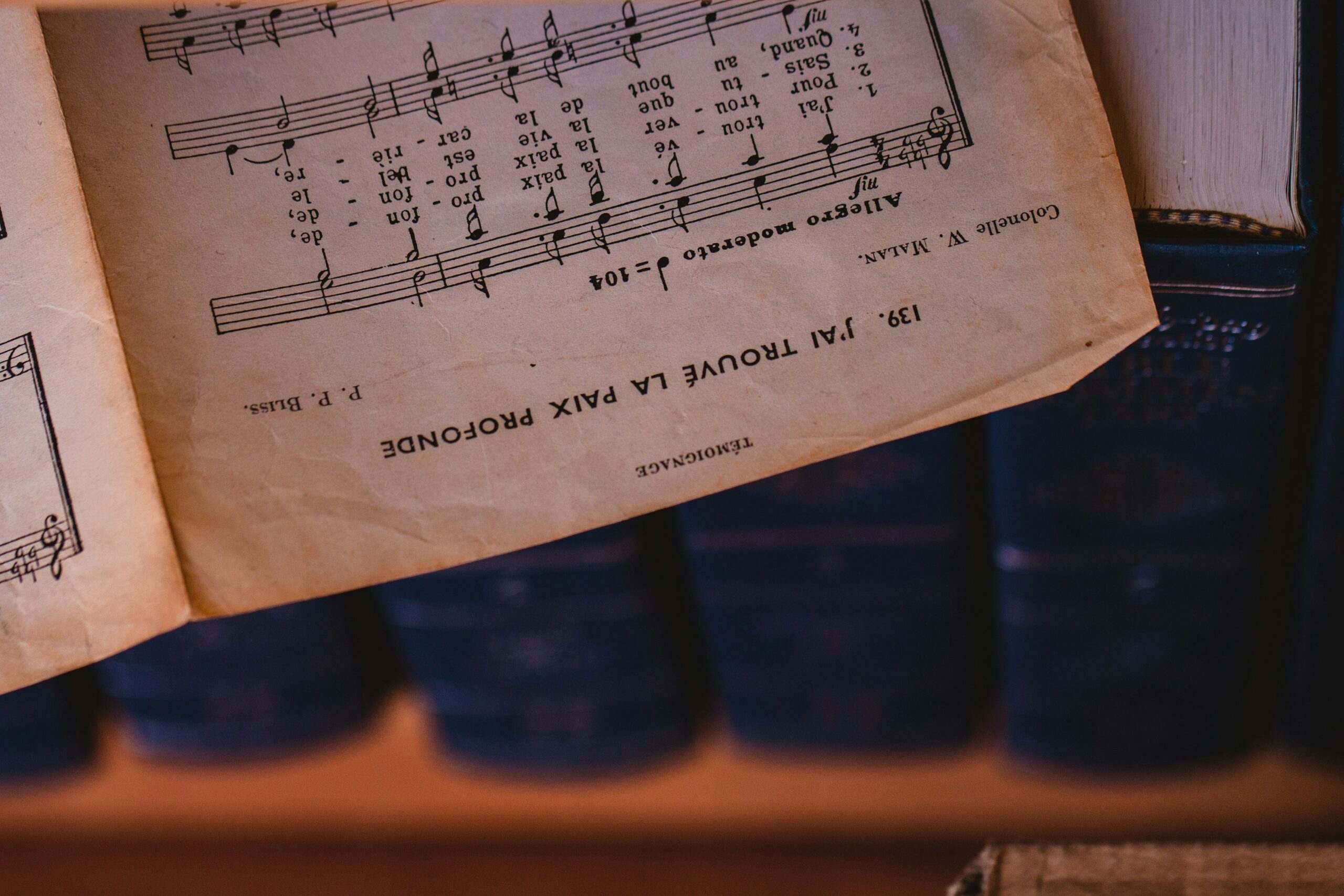How is French Architecture a Part of the Culture?
How is French Architecture a Part of the Culture?
Introduction
French architecture is more than just buildings and structures—it is an essential part of French culture, history, and national identity. From medieval castles to elegant Parisian boulevards, French architecture tells the story of the nation’s past, influences its present lifestyle, and inspires the world. But how exactly is architecture embedded in French culture?
Whether you are a tourist exploring Paris, a food lover enjoying a café terrace, a history buff admiring medieval cathedrals, or simply a general reader curious about France, understanding the role of French architecture in culture will deepen your appreciation of this iconic country.
- Architecture as a Reflection of French History
French architecture has evolved through multiple centuries, with each era leaving its mark on cityscapes, lifestyles, and cultural identity.
Medieval Architecture: A Legacy of Strength and Spirituality
- French culture is deeply rooted in its medieval heritage, seen in Gothic cathedrals, fortified castles, and monastic buildings.
- Notre-Dame de Paris and Chartres Cathedral showcase the influence of faith and artistry in French life.
- The Châteaux of the Loire Valley reflect the power struggles of feudal lords and the artistic aspirations of Renaissance France.
Haussmannian Paris: The Symbol of Modern French Identity
- The transformation of Paris in the 19th century by Baron Haussmann created the distinct boulevards, uniform facades, and grand avenues that define the city today.
- This organized and elegant urban planning reflects the French appreciation for beauty, order, and culture.
- The design of Paris remains a blueprint for cities worldwide, showcasing how architecture can shape national identity.
- French Architecture and Everyday Life
Architecture in France is not just about monumental buildings—it is a key part of daily experiences, traditions, and social life.
Café Culture and Architecture
- French cafés are more than places to eat; they are cultural institutions.
- The charming iron balconies and covered terraces create a welcoming, timeless atmosphere.
- People gather in these spaces to socialize, debate politics, and enjoy the art of slow living—all shaped by architecture.
Markets and Public Squares: The Heart of Community Life
- French towns are often centered around a grand square or marketplace, reflecting the importance of communal life.
- Places like Place des Vosges (Paris) and Place Stanislas (Nancy) serve as historical meeting points where culture, art, and daily commerce merge.
- Architecture as a Cultural Statement
French architecture has always been a medium to express power, art, and societal values.
The Palace of Versailles: A Monument to French Grandeur
- Built by Louis XIV, Versailles is not just a palace—it is a cultural symbol of absolute monarchy, luxury, and artistic excellence.
- Its extravagant gardens, lavish interiors, and Hall of Mirrors reflect the height of French influence in Europe.
Art Nouveau & Art Deco: The French Love for Innovation
- Movements like Art Nouveau (late 19th century) and Art Deco (early 20th century) show France’s role in shaping global design trends.
- Hector Guimard’s Paris Métro entrances and the Grand Rex cinema highlight the French ability to combine art with function.
- French Architecture’s Global Influence
French architectural styles have left their mark far beyond France, influencing urban planning and building designs worldwide.
French Colonial Architecture
- French colonial buildings in Vietnam, Morocco, Quebec, and Louisiana merge French elegance with local traditions.
- Cities like Hanoi, New Orleans, and Dakar still carry the charm and sophistication of French architectural influence.
French Influence on Luxury and Fashion Spaces
- Iconic fashion brands like Chanel and Louis Vuitton are often housed in buildings that reflect classic Haussmannian and Art Deco architecture.
- The architectural grandeur of Avenue Montaigne and Place Vendôme enhances France’s reputation as a global leader in luxury and fashion.
Conclusion: A Timeless Cultural Legacy
French architecture is more than just an artistic or structural achievement—it is an integral part of French culture, history, and everyday life. From medieval cathedrals and royal palaces to charming cafés and contemporary innovations, the buildings of France tell a story of creativity, elegance, and cultural pride.
Next time you visit France, take a moment to admire the stories etched into its walls, the charm of its streets, and the grandeur of its landmarks. French architecture is not just about structures—it is a way of life.

